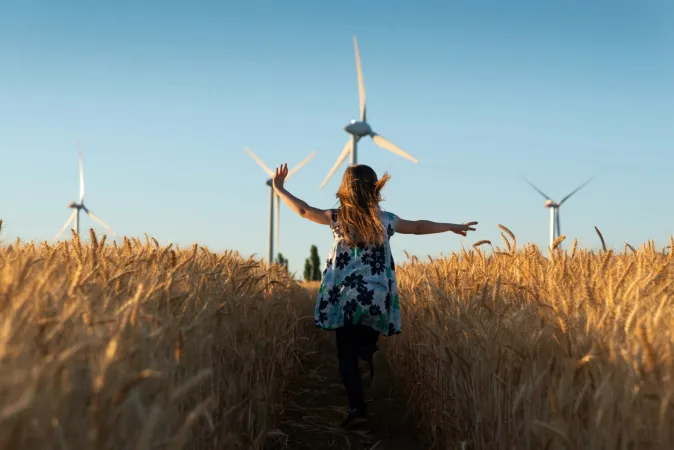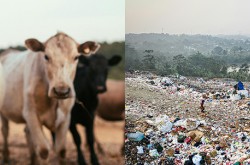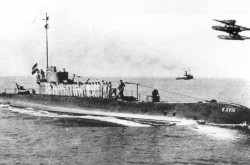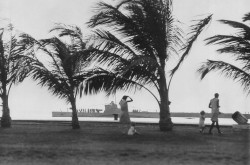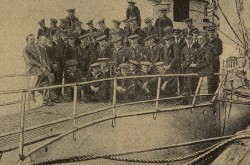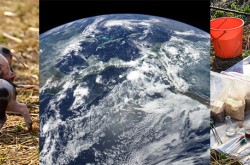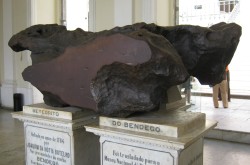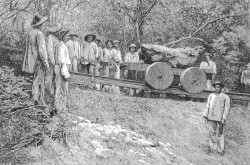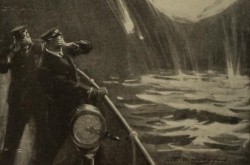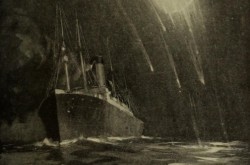Bringing the past, present, and future to life with a captivating artifact
Have you ever been mesmerized by a work of art or an artifact? Maybe you stared at it for minutes or even hours, without another care in the world. About a year ago, I experienced this immersive moment. However, I wasn’t in a gallery or a museum; I was on the Ingenium website, looking through the Collection Online. The work of art/artifact that caught my eye was a small-scale model of a vertical axis wind turbine (VAWT), as pictured below. I can’t quite put my finger on what captivated me, but I’m thinking it was its symmetry, clean lines, and simplistic beauty. What I know for sure is that this artifact sparked the start of an amazing adventure with Ingenium.

The Darrieus turbine model, which caught the author’s eye (Artifact No. 2009.0101.001).
Gender diversity in STEM
The Gender, Science and Technology Graduate Fellowship is a collaboration between Ingenium and the University of Ottawa. As a doctoral candidate and former science teacher who is passionate about promoting gender diversity in Science, Technology, Engineering, and Mathematics (STEM), this fellowship seemed like a natural fit. Was I ever right! I’m very grateful to have been selected for this fellowship that spanned from September 2019 to April 2020.
Once the fellowship started — and with the help and support of my supervisors — I began creating educational resources for elementary and secondary school teachers and students.
My aim was to create materials that would highlight the artifact and showcase gender diverse people who contributed to VAWT research. The project was a success; the resulting resources intersect with renewable energy, gender, and engineering, while featuring artifacts from the national science and technology collection.
Turbines and the NRC
VAWTs allow the wind to blow in any direction to turn the turbine and produce electricity. These turbines are no longer commonly used, but in 1966, when Raj Rangi and Peter South were working for the National Research Council Canada (NRC), they experimented with VAWTs and even mounted a model on the roof of the NRC building. In 1982, a young engineer from Québec named Monique Carpentier joined the team to continue this research. Carpentier was one of the first women in Canada to work on wind energy. As part of Carpentier's job, she received the model shown in the artifact photo above, which she used to explain how turbines work and to promote this type of renewable energy to the public. In 2009, after the VAWT model had fulfilled its educational role with the NRC, she donated it to Ingenium. As an artifact, it can continue its pedagogical mission and allow us to become entranced by its beauty.

The first VAWT developed by Rangi and South was mounted on the roof of the NRC building.
Educational resources
The educational resources created during my Ingenium fellowship consist of four units, which can be used individually or as a whole program of study. Each unit has its own objectives, based on an overarching theme: the climate crisis. This theme was chosen to engage diverse students to help solve a problem that our society is currently facing. Throughout the units, students will be compelled to learn more about the history of STEM; they will begin to realize the invaluable information it provides for our present and future.
The first unit, appropriately titled “History at the Heart of Science,” allows students to explore the importance of the history of science and the ways science can be preserved. The unit culminates in a project; students are invited to select an environment-related artifact from the Ingenium Online Collection, conduct research to learn more about this artifact, explore how it has affected our lives, and predict its future uses.

A snapshot of the educational resources developed by the author during her fellowship with Ingenium.
The second unit, “Renewable Vitality,” offers students a chance to explore non-renewable and renewable energy forms. Students will then be able to assess the renewable energy sources that can be further capitalized in Canada.
“Turbines are a Breeze” is our third unit, where students will act as engineers as they take on the design process. This process is often used by engineers to solve problems that have multiple solutions. During the unit, students will follow the steps of the process to design, build, and analyze their own wind turbines.
The final unit, “Change Is in the Wind,” urges students to determine how a building can be self-sufficient using wind energy. Students will also learn about leaders in the turbine industry.
In developing these units, our goal was to provide ready-made resources for teachers and students. Accordingly, all resources can be downloaded from Ingenium’s Women in STEM website and can be used as-is or modified accordingly.
As educators, we have the power to provide students with the opportunity to find the beauty in historical artifacts and shed light on their future importance. Let’s bring the past, present, and future to life!
Enjoying the Ingenium Channel? Help us improve your experience with a short survey!



